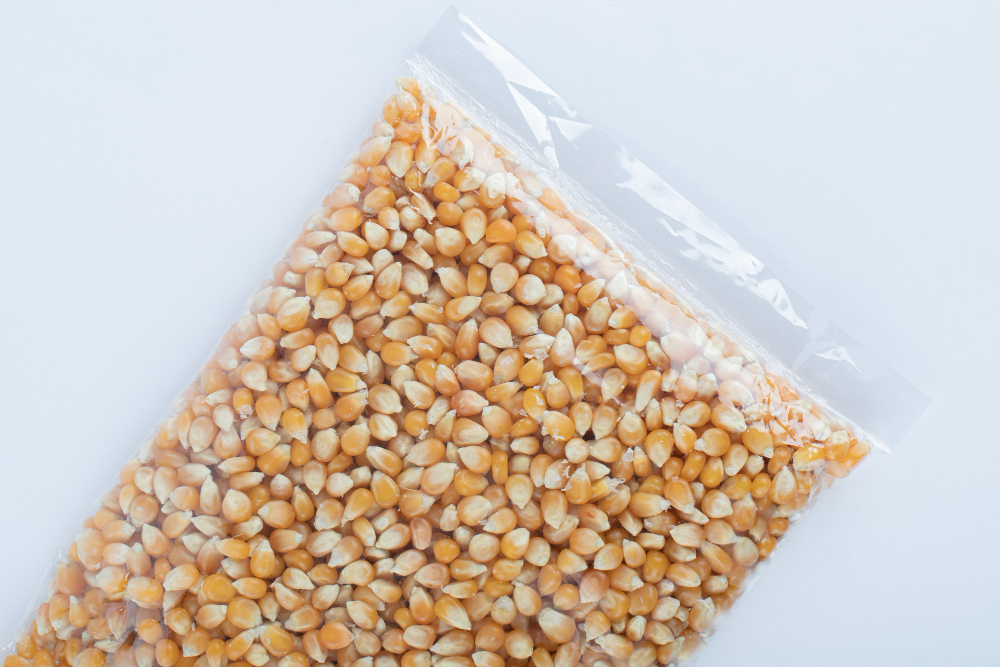For decades, industrial packaging lived behind the scenes. The woven sack was a silent worker, built for function, not for form. But as industries evolve and supply chains become more brand-conscious, even bulk packaging has entered an era of design and visibility.
The shift began quietly with BOPP (Biaxially Oriented Polypropylene) bags. Once seen only in consumer packaging, BOPP technology has now redefined how bulk commodities like rice, sugar, fertilizer, and animal feed are stored, displayed, and perceived. Today, a cement sack or fertilizer bag is not just a container. It is a communication medium.
From Functional to Visual: The Rise of BOPP Film
BOPP film acts as a bridge between performance and presentation. When laminated onto PP woven fabric, it creates a glossy, printable surface that can carry high-definition graphics without compromising the bag’s strength. The lamination process enhances moisture resistance, improves dimensional stability, and allows for intricate branding designs that previously belonged only to retail packaging.
In essence, BOPP film converts a bulk commodity into a branded product. A simple fertilizer bag can now showcase vivid colors, gradients, and textures that convey both reliability and quality. The packaging that once blended into warehouses now commands attention on retail shelves and in export markets.
For manufacturers, this transformation is not merely aesthetic. It represents a shift in perception — from supplier to brand.
The Science Behind Reverse Printing
One of the defining features of BOPP bags is reverse printing. In this process, the artwork is printed on the inner surface of the BOPP film before lamination. Once the film is bonded to the woven fabric, the print remains protected between the layers.
This technique does two crucial things. First, it enhances durability, ensuring the print does not fade, scratch, or peel during handling and transportation. Second, it gives the graphics a rich, polished finish that is visually striking.
Reverse printing also contributes to structural integrity. The additional film layer distributes stress evenly, improving the bag’s resistance to wear and tear. What looks like a design feature is, in fact, a reinforcement mechanism.
Why Visual Integrity Matters in Industrial Packaging
Visual integrity is often overlooked in B2B supply chains, yet it is becoming increasingly valuable. A faded or scuffed bag may not affect the product inside, but it impacts brand trust and market positioning. In high-volume sectors like cement or agriculture, packaging often represents the only physical brand experience a customer has.
Modern BOPP bags solve this by ensuring print adhesion and scuff resistance. Advanced coatings, metallized finishes, and holographic patterns add both protection and premium appearance. For exporters, consistent print quality across batches also signals professionalism and quality assurance to international clients.
Packaging, in this sense, becomes a visual contract between manufacturer and customer — a signal that quality control exists at every level.
The Future of Smart and Traceable Packaging
The next frontier in BOPP innovation is intelligence. With traceability and anti-counterfeit features becoming essential across global supply chains, packaging is now being integrated with QR codes, holographic seals, and even embedded identifiers that track origin and authenticity.
For industries dealing with high-value or regulated goods, this adds a new layer of accountability. Smart packaging not only protects against duplication but also improves transparency in logistics. When combined with data systems, it allows businesses to monitor batches, verify authenticity, and even trace product journeys in real time.
This evolution points to a broader truth: industrial packaging is no longer static. It is dynamic, responsive, and data-driven.
When Branding Becomes a System
BOPP technology has redefined the purpose of a bag. What began as a functional innovation has evolved into a branding and performance revolution. From moisture resistance to reverse printing, every design decision adds both strength and story.
For companies, adopting BOPP packaging is more than a visual upgrade. It is a strategic investment in perception, shelf appeal, and customer confidence. As sustainability and digitalization converge, BOPP-based solutions will continue to lead the shift from anonymity to identity in industrial packaging.
The Takeaway
Industrial packaging is no longer invisible. It is the new face of bulk branding. Behind every glossy, printed, and perfectly sealed BOPP bag lies a story of science, engineering, and evolving consumer psychology. Strength and aesthetics no longer exist in isolation — they coexist in every square inch of laminated innovation.
